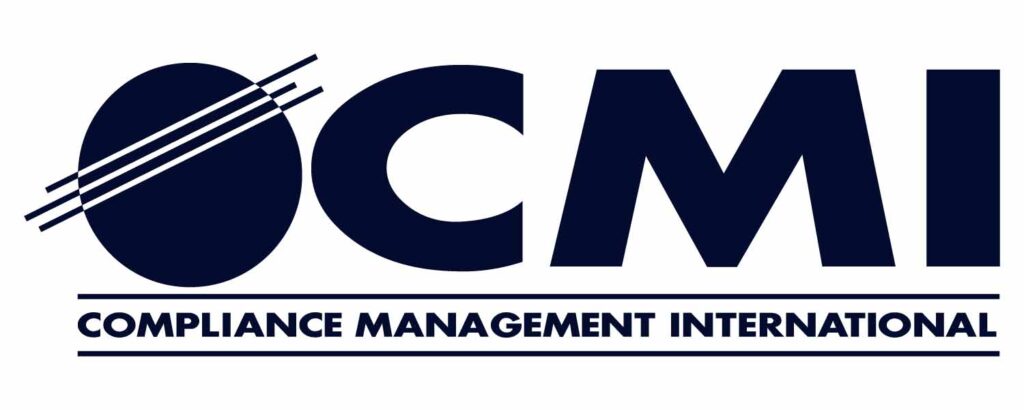Lockout Tagout is an essential practice to protect workers from hazardous energy when conducting maintenance or servicing on machines and equipment. Keeping machinery and equipment operating properly often requires human intervention in the form of servicing and regular maintenance practices. When workers are required to maintain or service equipment and machines, they must be protected from hazardous energies during that task. Along with others, sources of hazardous energy can include:
- Electrical
- Pneumatic
- Hydraulic
- Thermal
- Mechanical
- Chemical
When workers are required to conduct maintenance or servicing on machinery and equipment, they must be protected from the unexpected startup or release of stored energy. Proper lockout/tagout practices and procedures can protect the worker from hazardous energy when conducting their maintenance or servicing tasks. Simply put, lockout/tagout procedures identify all hazardous energy sources related to the machine or equipment. The procedures then provide steps to safely de-energize the energy sources and prevent them from being re-energized while conducting the maintenance or servicing by locking and tagging the sources out.
OSHA has a Control of Hazardous Energy (lockout/tagout) standard (29 CFR 1910.147) that outlines the requirements for training, procedure, and actions when identifying and controlling hazardous energy during maintenance or servicing of machines and equipment.
According to OSHA, compliance with the lockout/tagout standard prevents an estimated 120 fatalities and 50,000 injuries each year. Also, workers injured on the job from hazardous energy exposure, lose an average of 24 workdays for recuperation.
While hazardous energy exposure during maintenance and servicing of machines and equipment can cause serious injury and even death, the hazards can be eliminated and controlled when proper lockout/tagout procedures and practices are followed.
Properly implementing a lockout/tagout program is not only required by OSHA, but can save lives and prevent amputations leading to an overall safer workplace. Our team of health and safety consultants provide multiple services relating to lockout/tagout including program creation and development, developing machine/equipment specific procedures, conducting periodic inspections of procedures, and employee training.



